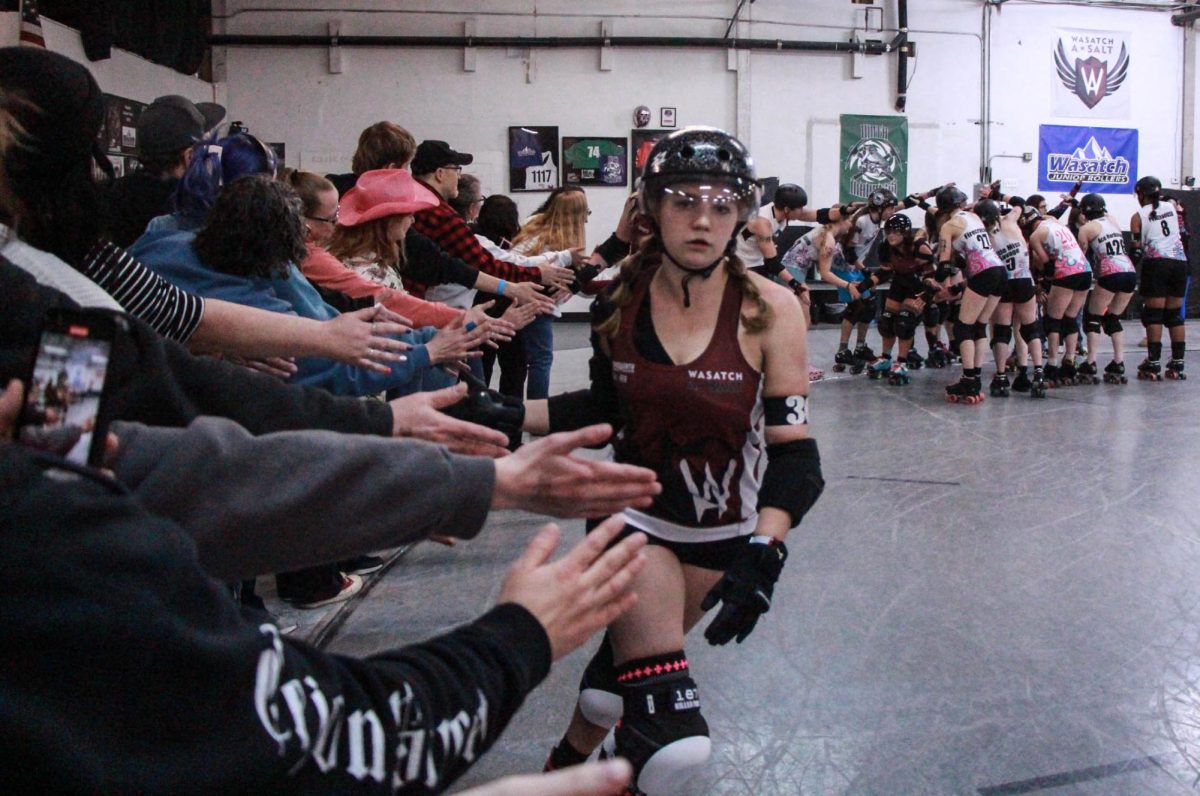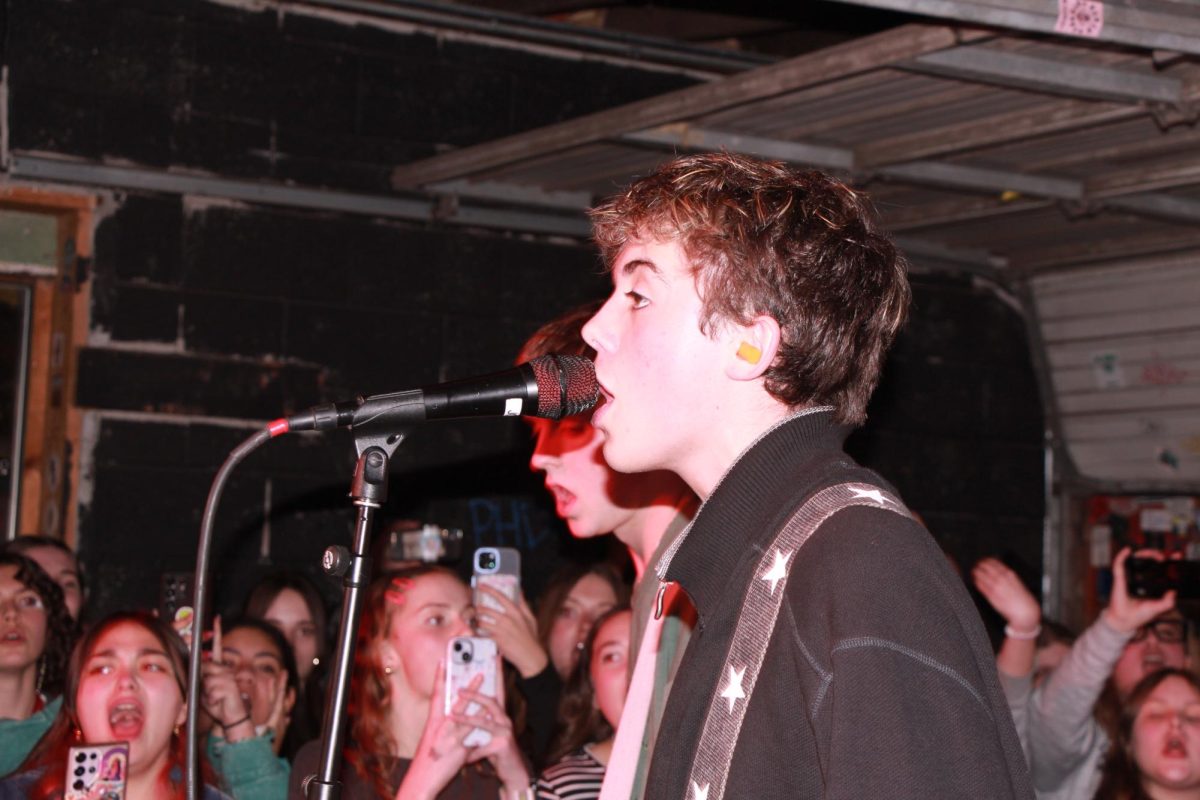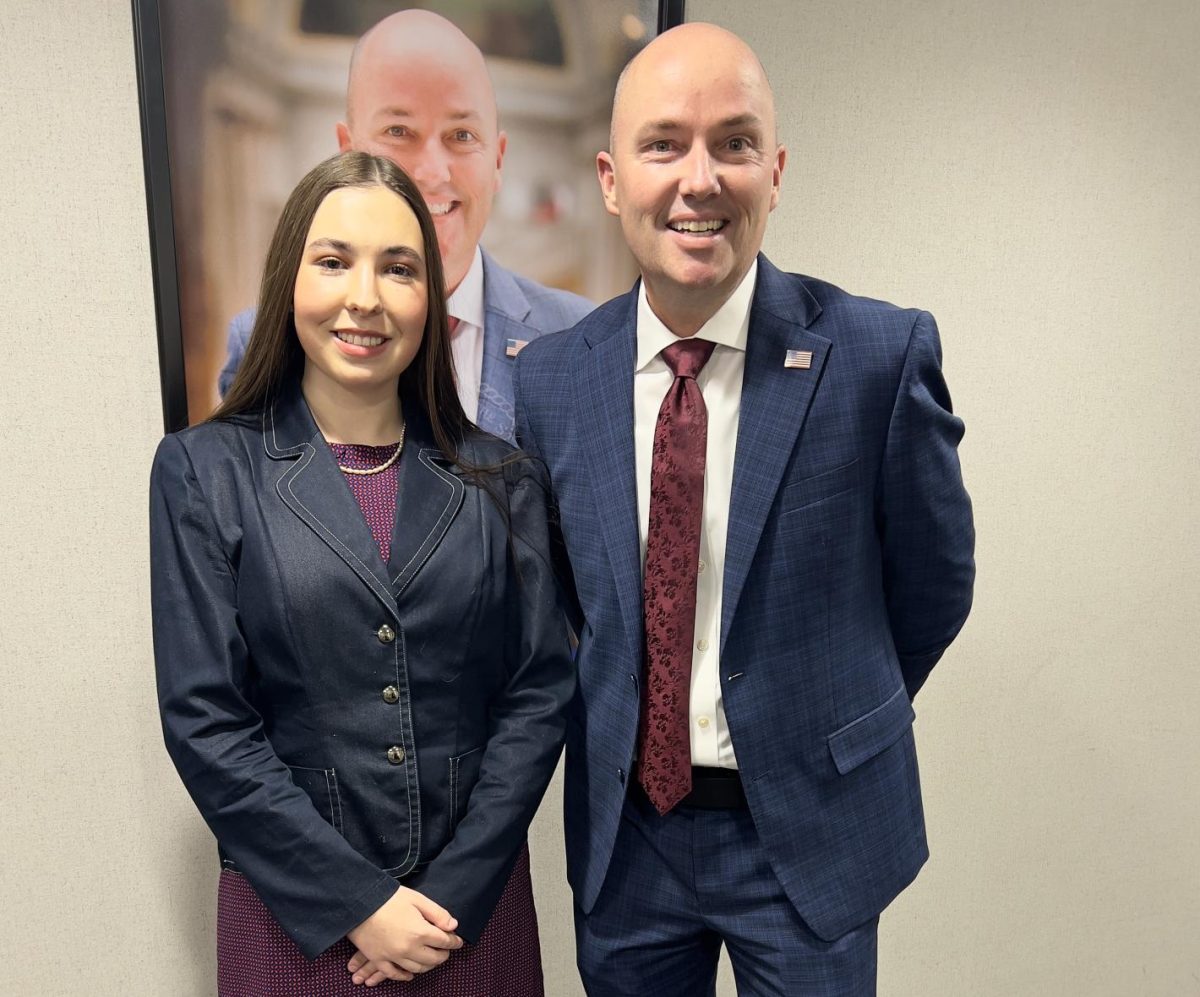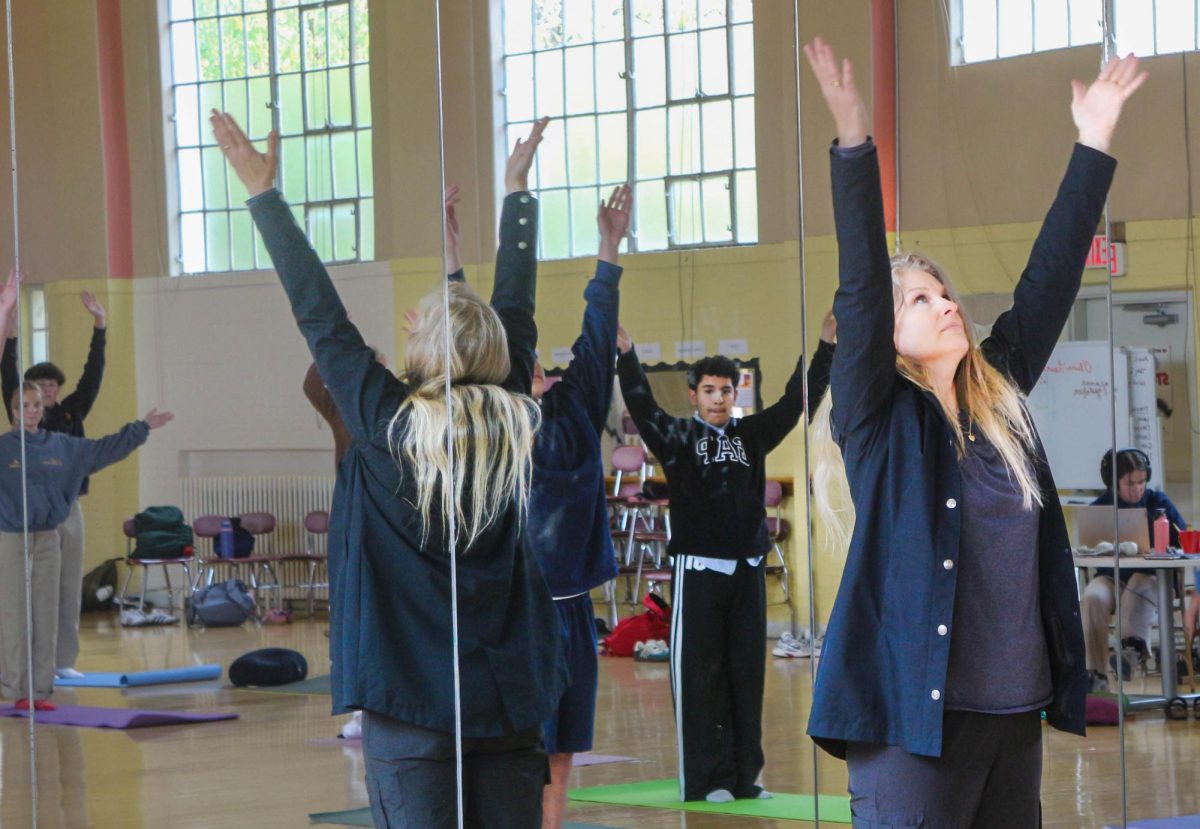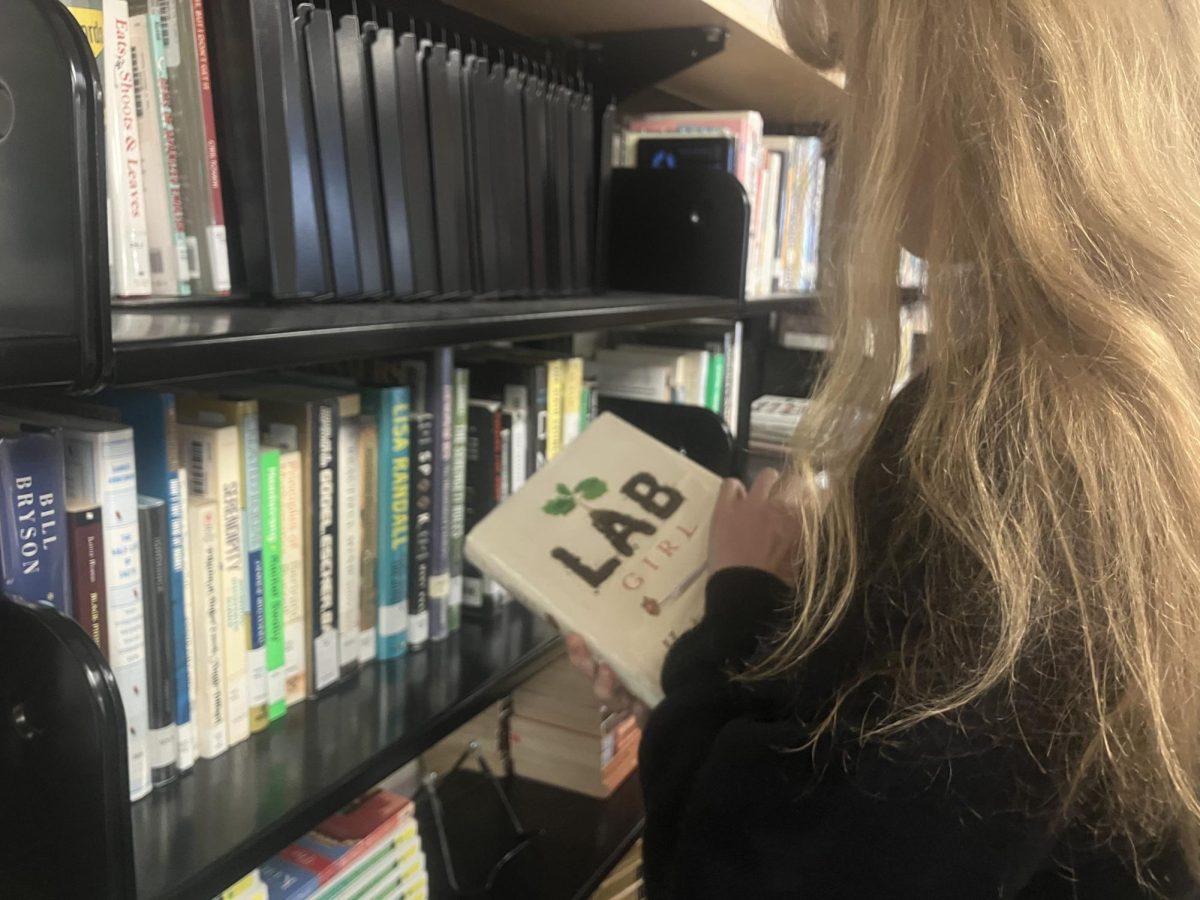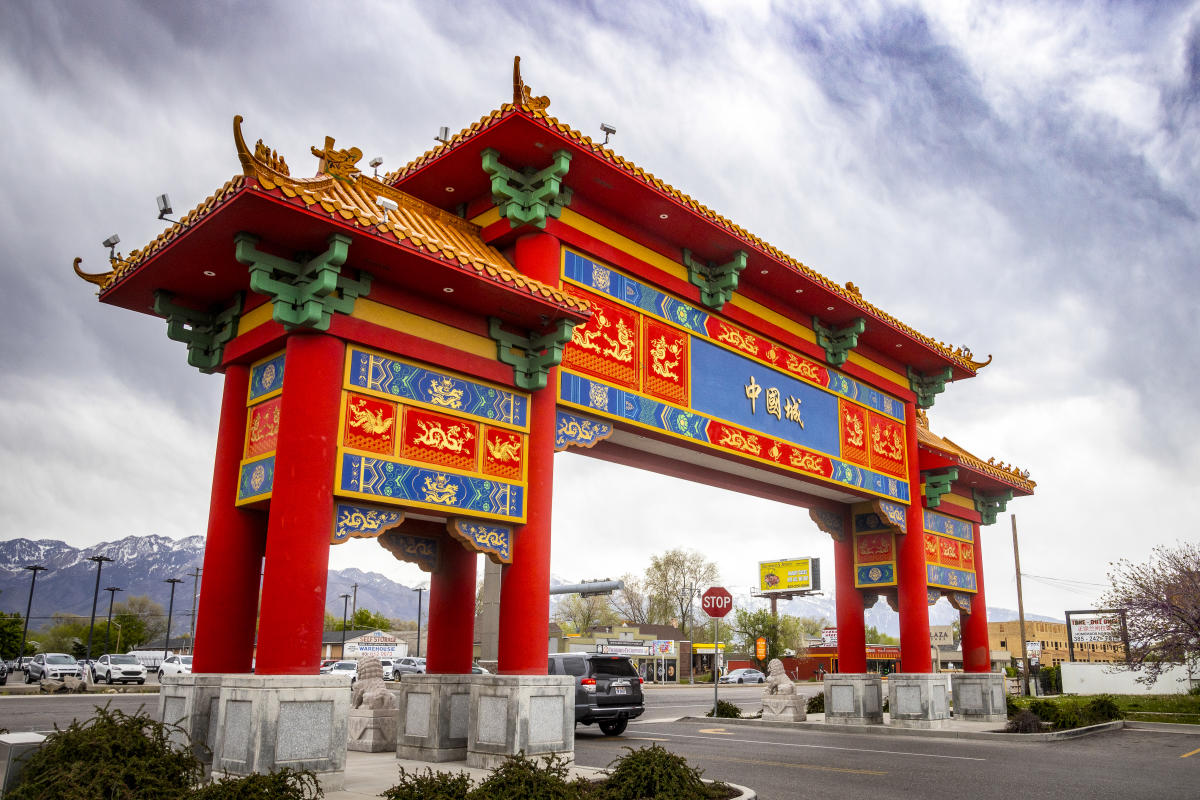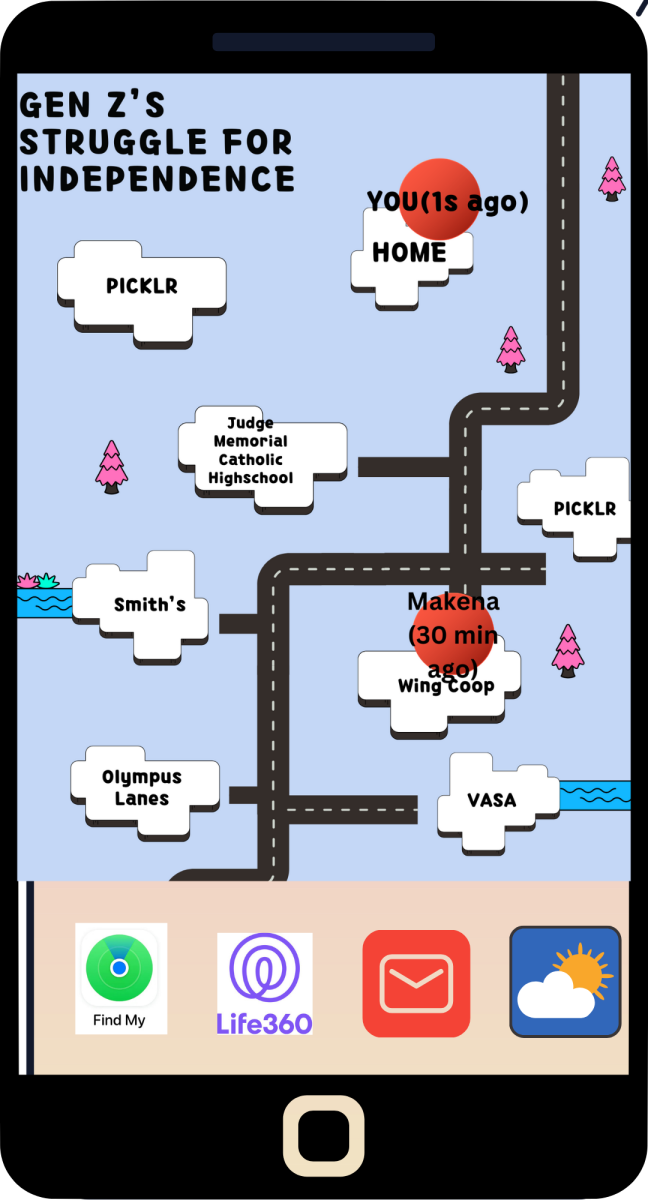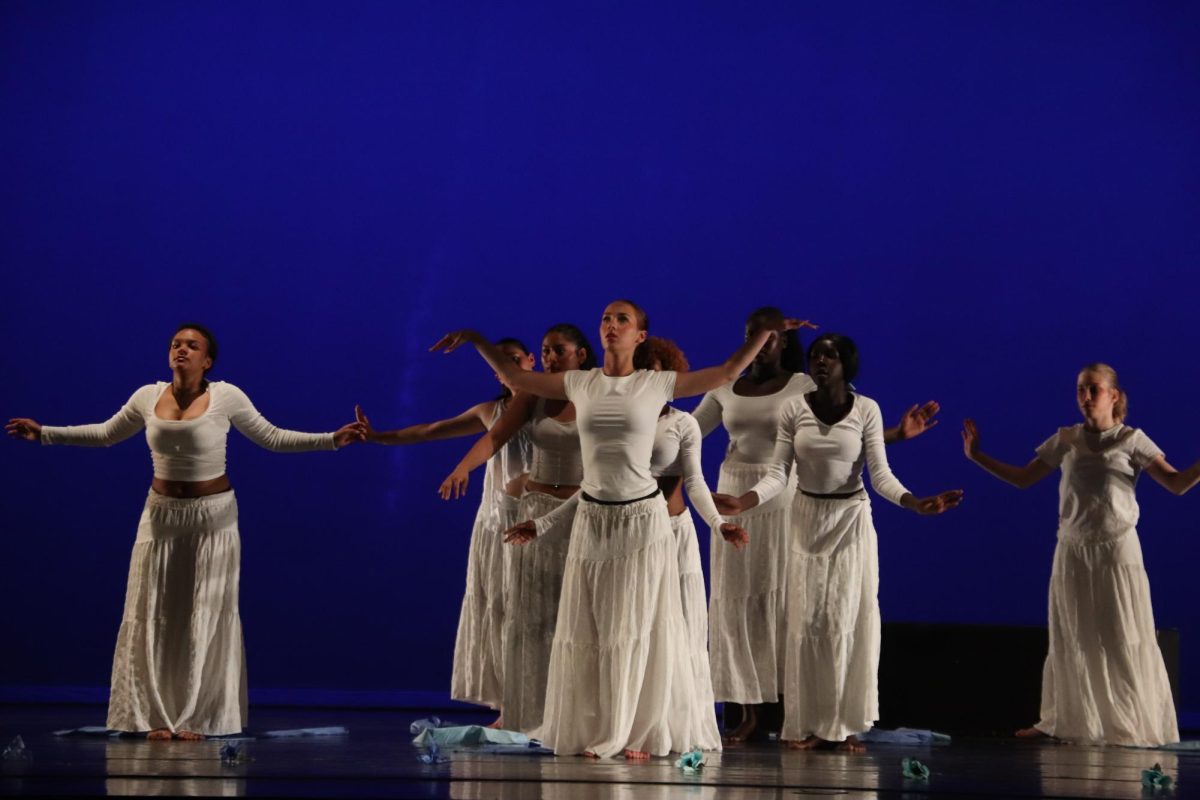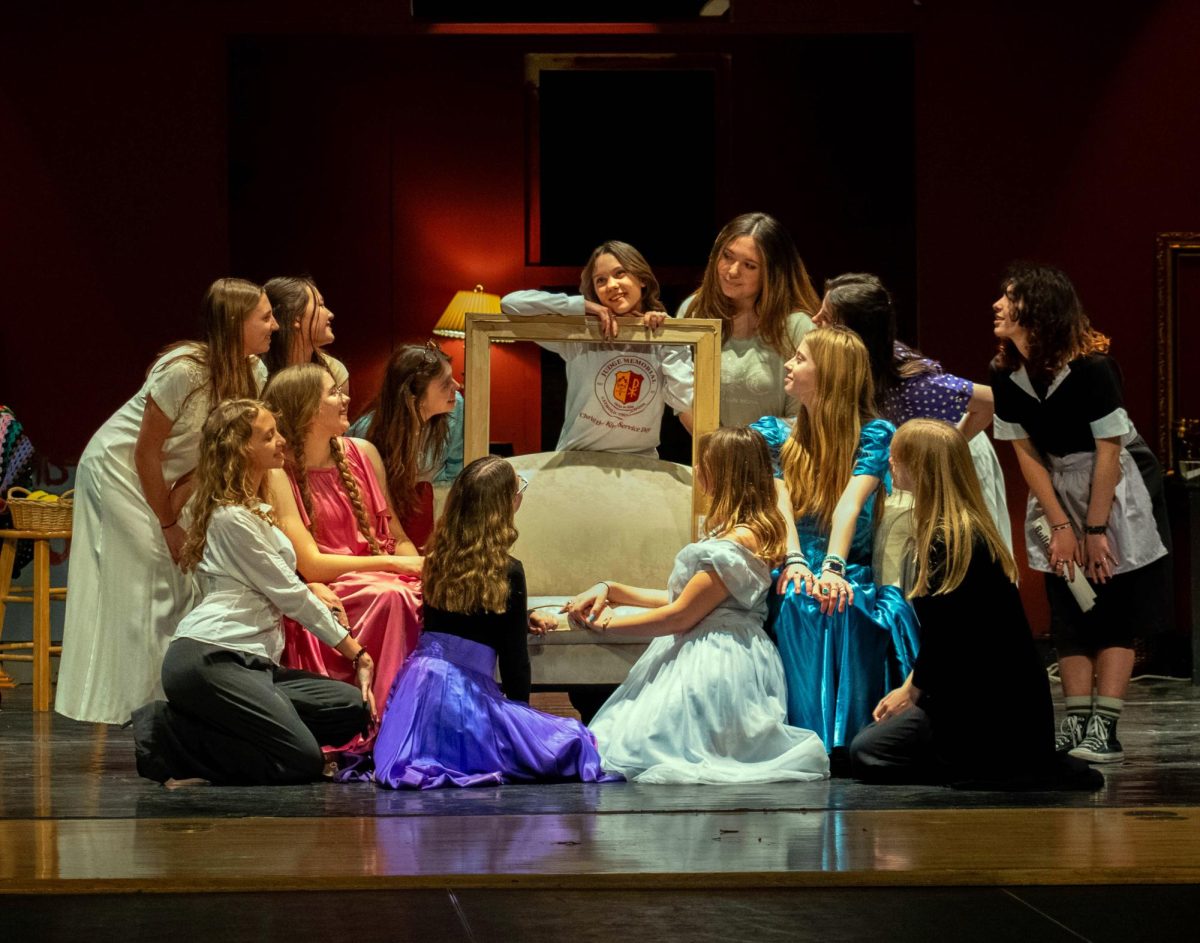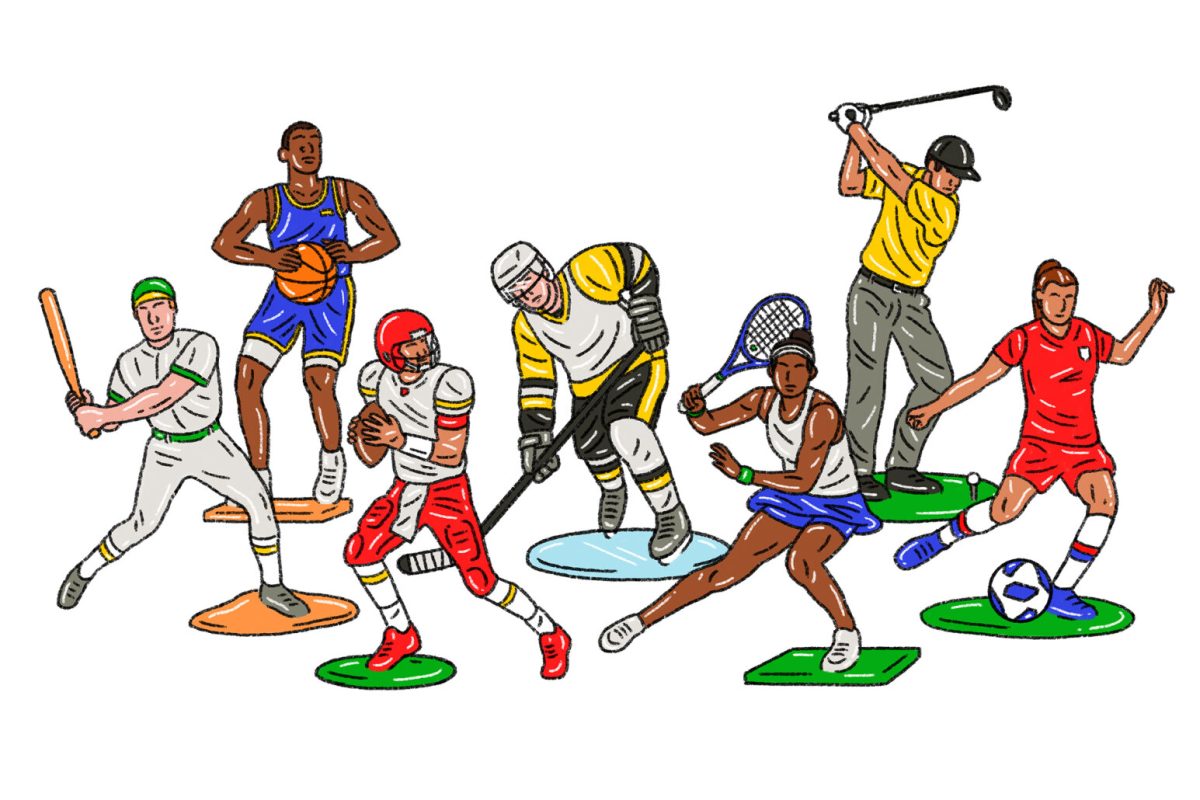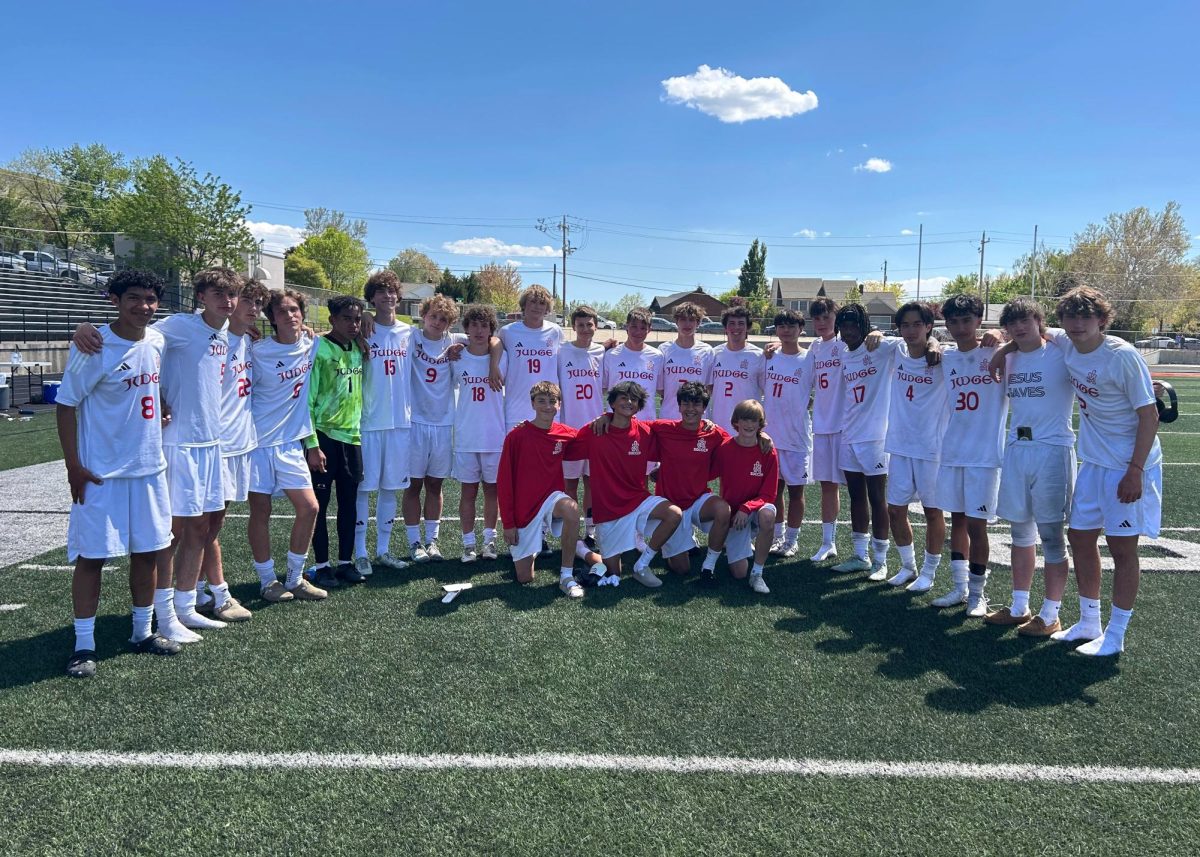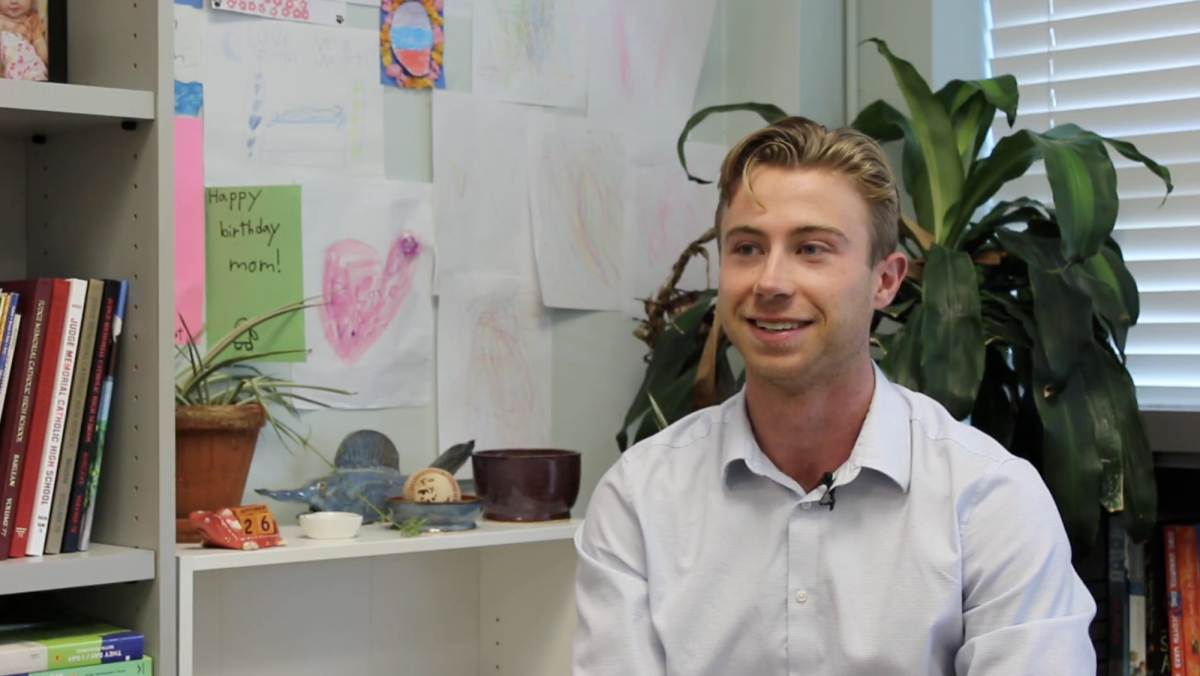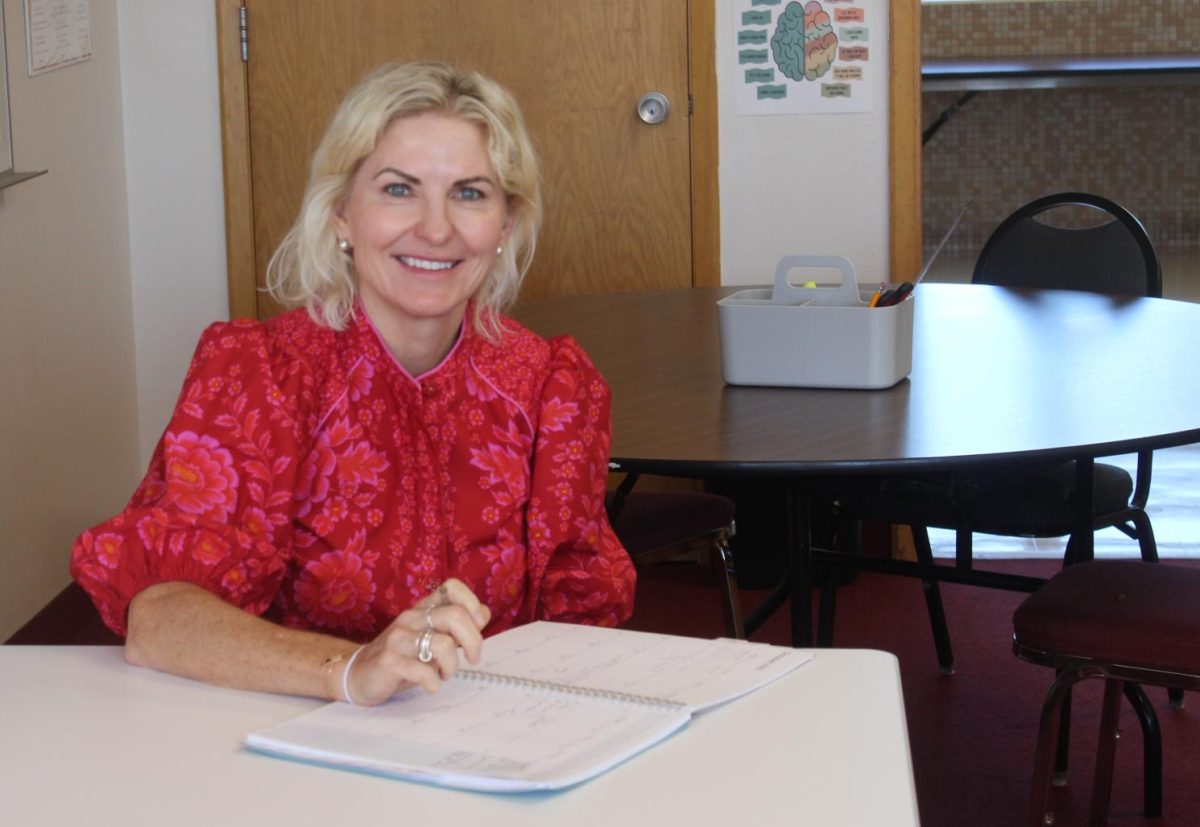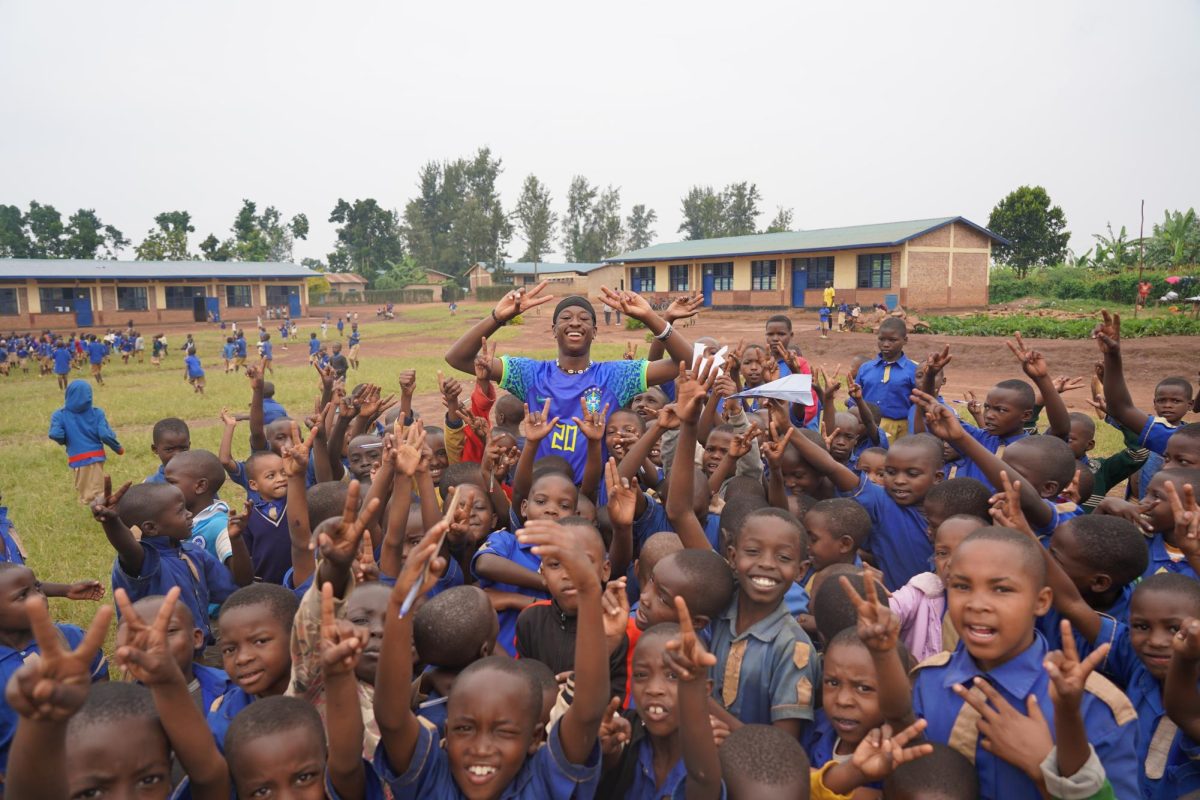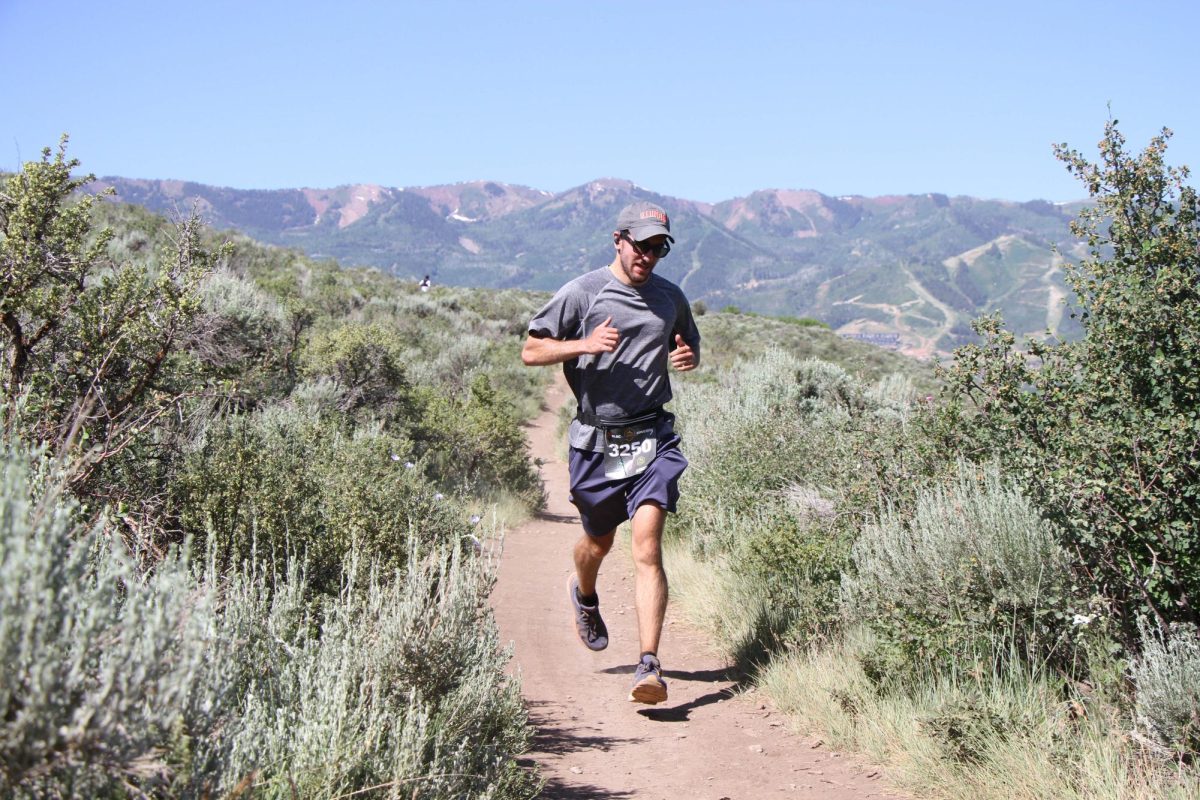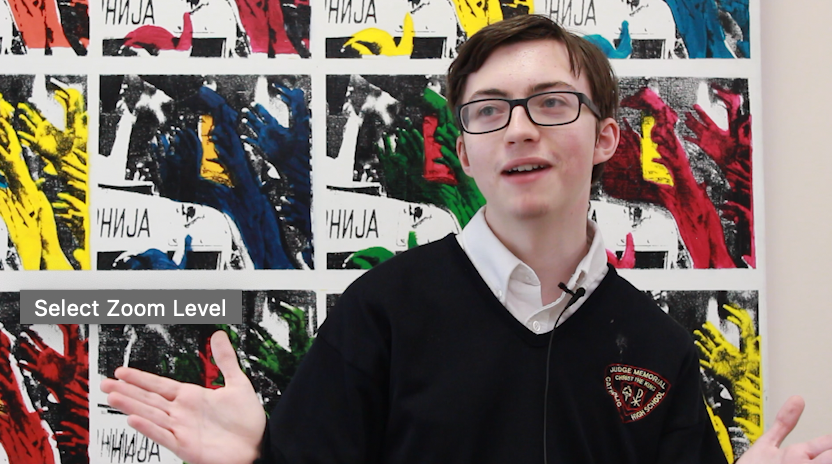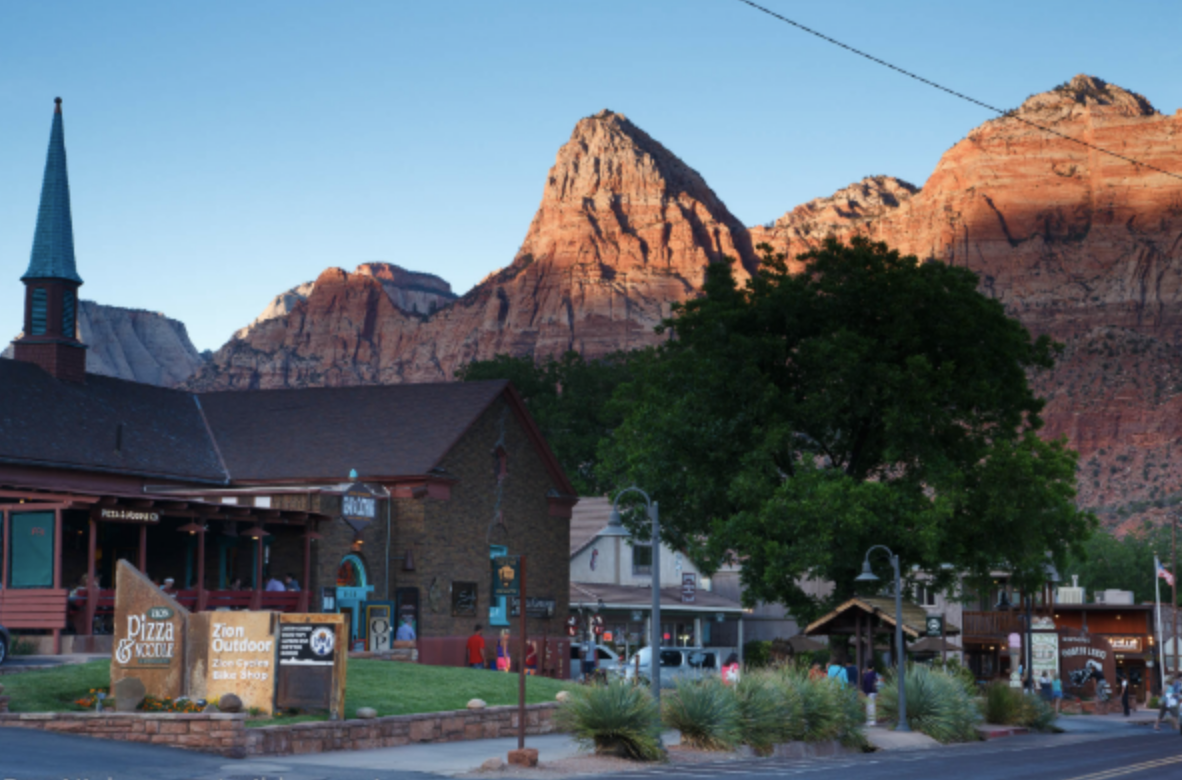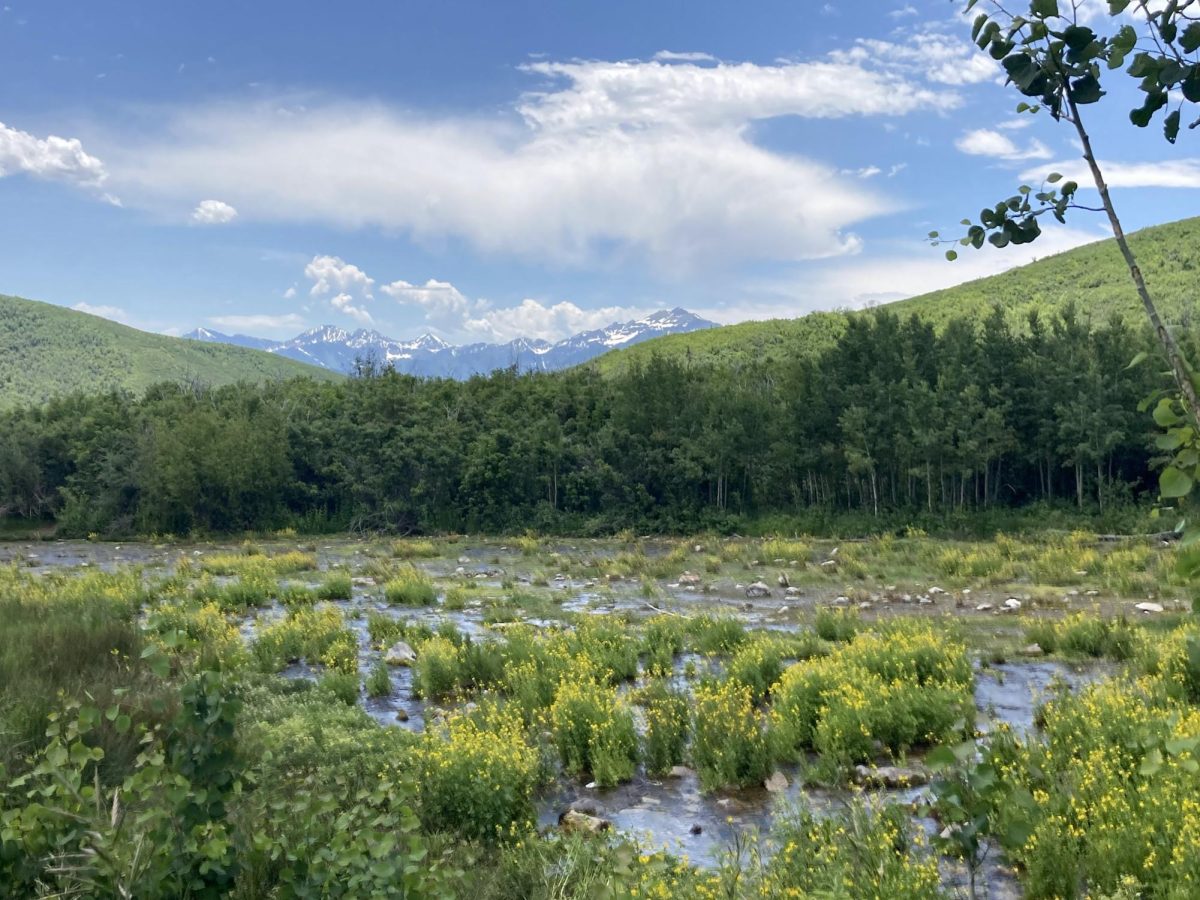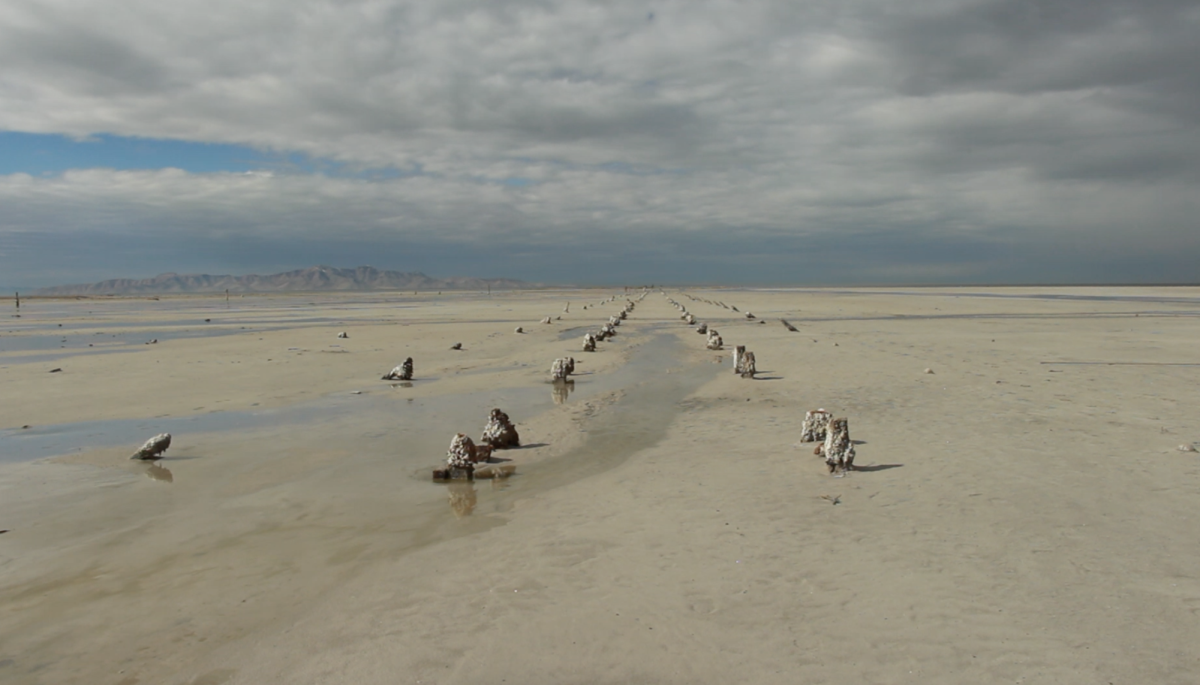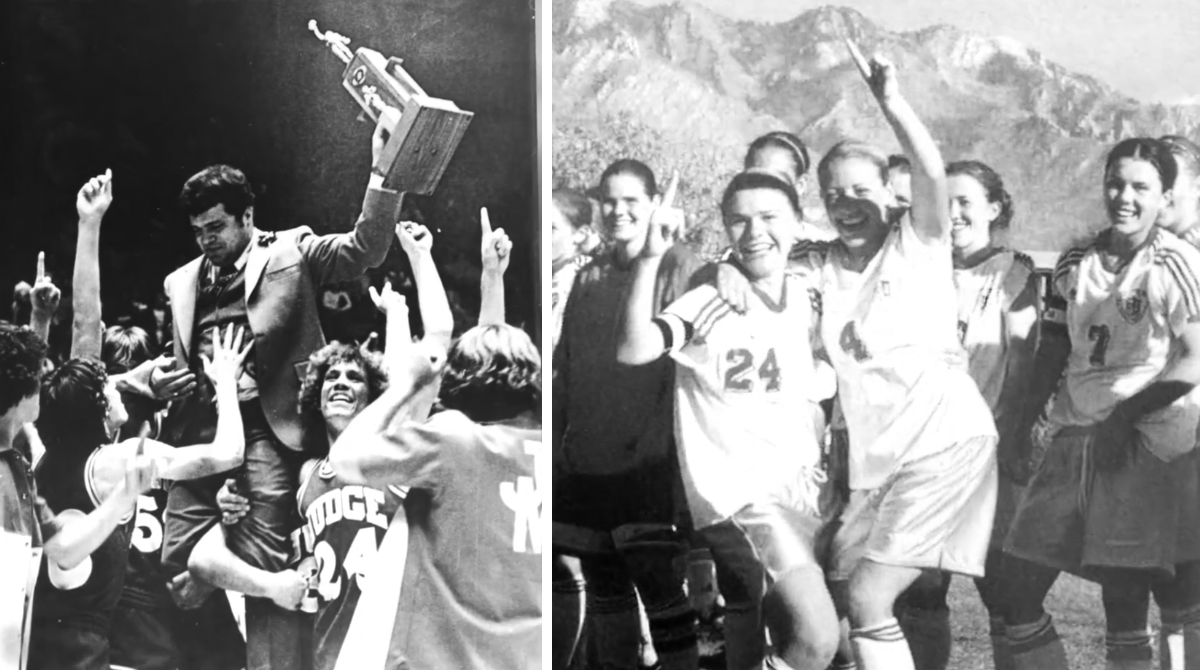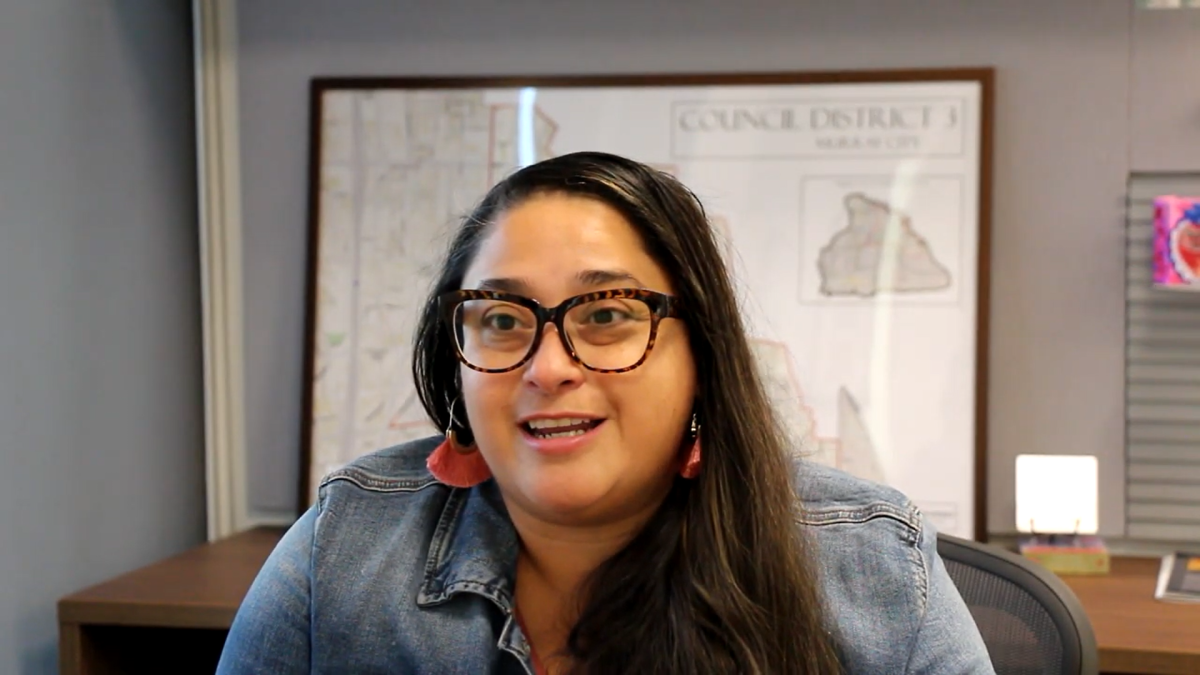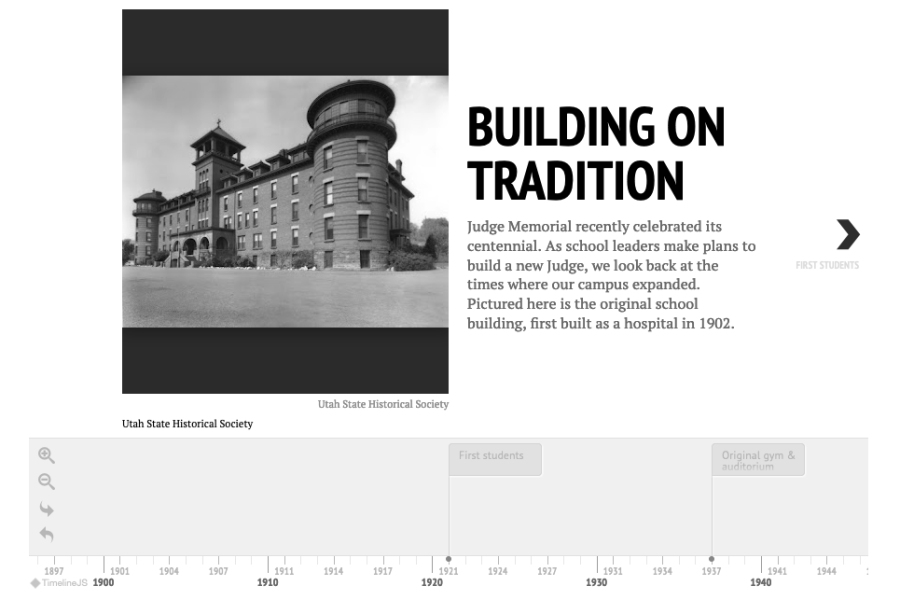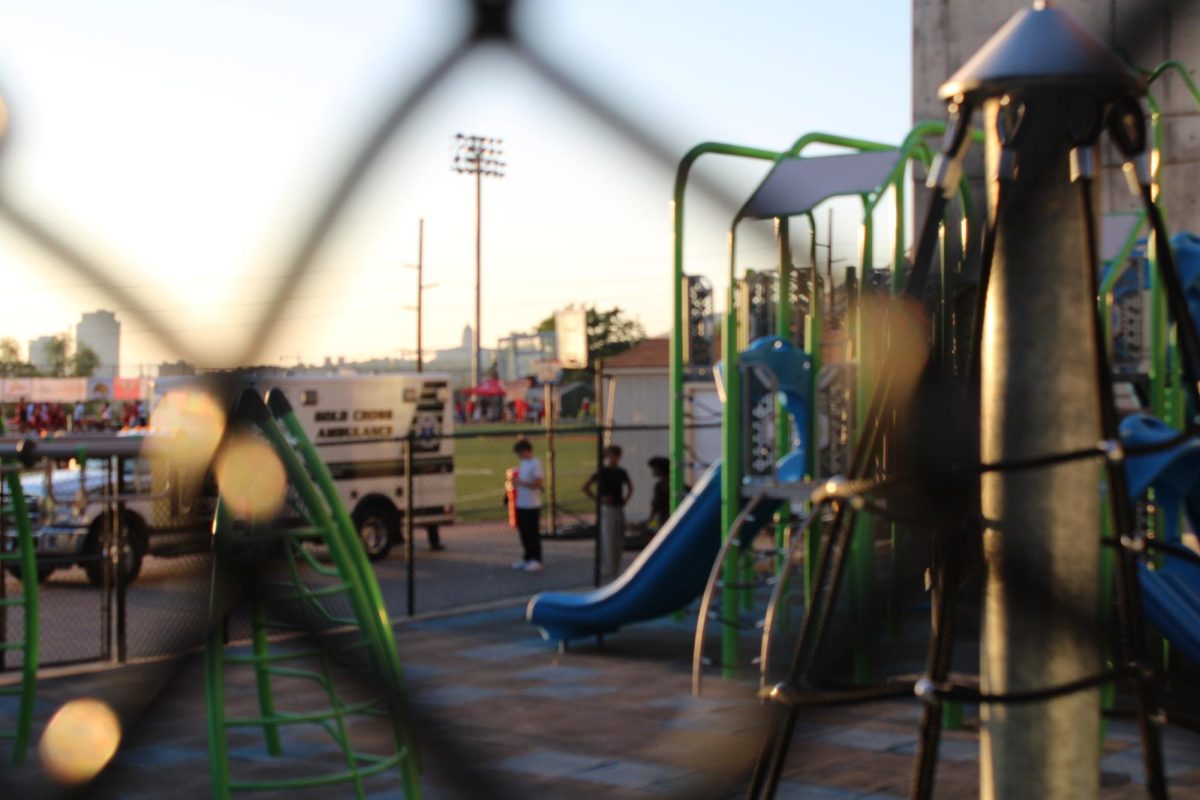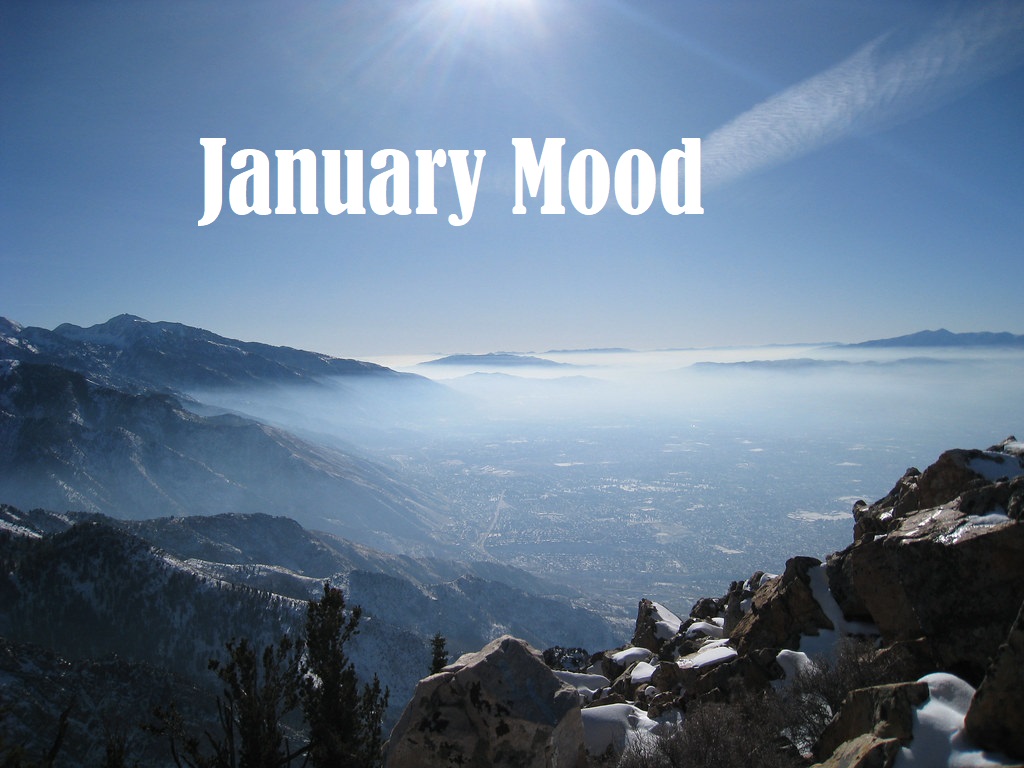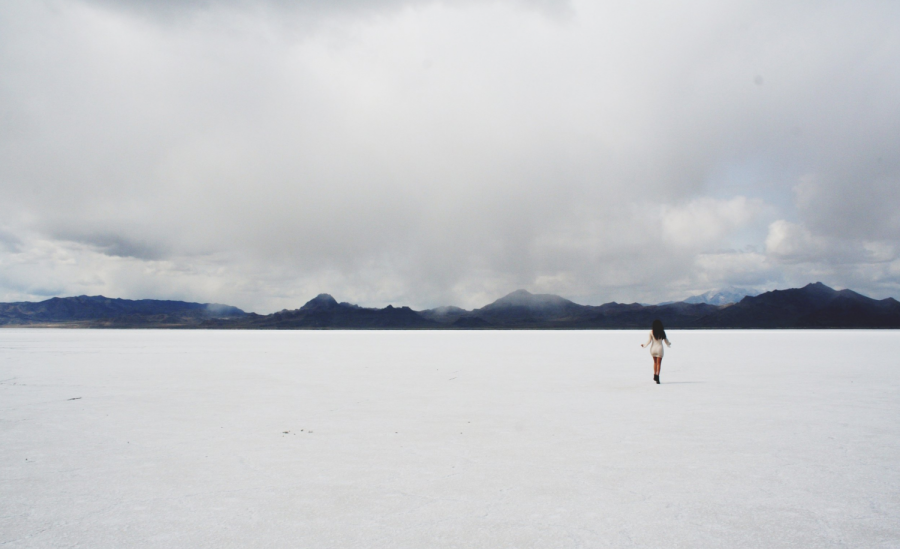Lake Effect – Low levels impact politics and economy
February 25, 2022
I personally love to ski, and skiing obviously relies on the snowpack. This year, the snowpack has been unusually low. In fact, this February was the driest ever recorded. Low snow years and record lows have been an alarming trend recently. I want to be able to ski for the rest of my life and the people after me to be able to too, but if the trends continue, that will not be possible. While the low snowpack may have a lot to do with climate change, we can still save it, to an extent.
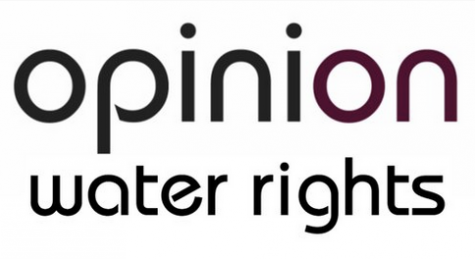 A significant part of the precipitation in the Cottonwood Canyons derives from the surface area of the Great Salt Lake and that snowpack supports the economically vital ski industry and ultimately becomes a major portion of the water supply for Salt Lake. The lake has shrunk to the lowest levels ever recorded, and has decreased by 45% over the past 20 years, which has directly impacted the snowpack.
A significant part of the precipitation in the Cottonwood Canyons derives from the surface area of the Great Salt Lake and that snowpack supports the economically vital ski industry and ultimately becomes a major portion of the water supply for Salt Lake. The lake has shrunk to the lowest levels ever recorded, and has decreased by 45% over the past 20 years, which has directly impacted the snowpack.
Around a month ago, the Utah State Legislature passed HB 410, a $40 million bill to try and restore levels in the Great Salt Lake. That being said, one can dump as much money into helping the lake, but ultimately the only thing that can save it is more water.
The Bear and Jordan rivers are the two main tributaries that flow into the Great Salt Lake, and if a larger portion of their flow made it to the Great Salt Lake, the lake levels would substantially increase.
The only problem is, the state can’t increase the flow that much. A large percentage of that water is claimed. The state used to sell water rights, or “claims” to a certain amount of water from different water sources, and if you bought rights, you would basically “own” water from the river for a designated amount of time. Now, to increase the flow into the lake, people would have to relinquish their claims, or sell them to the government, but water is becoming increasingly scarce and valuable, so why would they do that?
I was concerned, so I went to the governor’s news conference and asked Governor Cox.
I asked him, “You said $40 million are going towards increasing flow into the Great Salt Lake. We have not had much snow this year and ultimately, that feeds a lot of the Great Salt Lake. There’s not necessarily going to be ‘extra water,’ so the state may have to buy other people’s water claims. If they’re not willing to sell their claims, where’s the extra flow going to come from? And, at some point will the state need to reconsider some of the established water claims on the Bear and Jordan rivers and/or stop any future claims on water rights to protect the state’s claims?”
Governor Cox said that the state knows that people will be willing to sell their water rights, and they feel confident there will be a large amount of water claims that will be sold or donated. He added that he doesn’t think we’ll see a day where the state will take away people’s water rights. He added that if we can reduce per capita water use and the amount of water used for agriculture, then we can have more growth. If we can’t then future water claims will have to be examined.
To be quite frank, I don’t believe that the state would put a limit on the amount of water allowed per household so I asked a followup question: “Do you think the legislature will be willing to put restrictions on the amount of water per household? Do you think they’ll be open to that idea?”
Governor Cox started off by saying that the state is trying to reduce the amount of water they are using and then essentially said that they would not actually cap the water use per household, but trust Utahns to regulate themselves (using water meters).
Overall, I don’t have a lot of faith in the legislature. They have been historically reluctant to protect the environment to an extent that, at least I, don’t think is appropriate and/or sufficient to properly protect it. As stated, they are not going to limit Utahns or take away their “God given rights” to waste water.
I try to do my part. I encourage you to do your part. After all, there’s only so much water to waste.
Corinne Higgins used Google Earth Timelapse and Juxtapose by Northwestern University’s Knight Lab to create the interactive image in this story.

